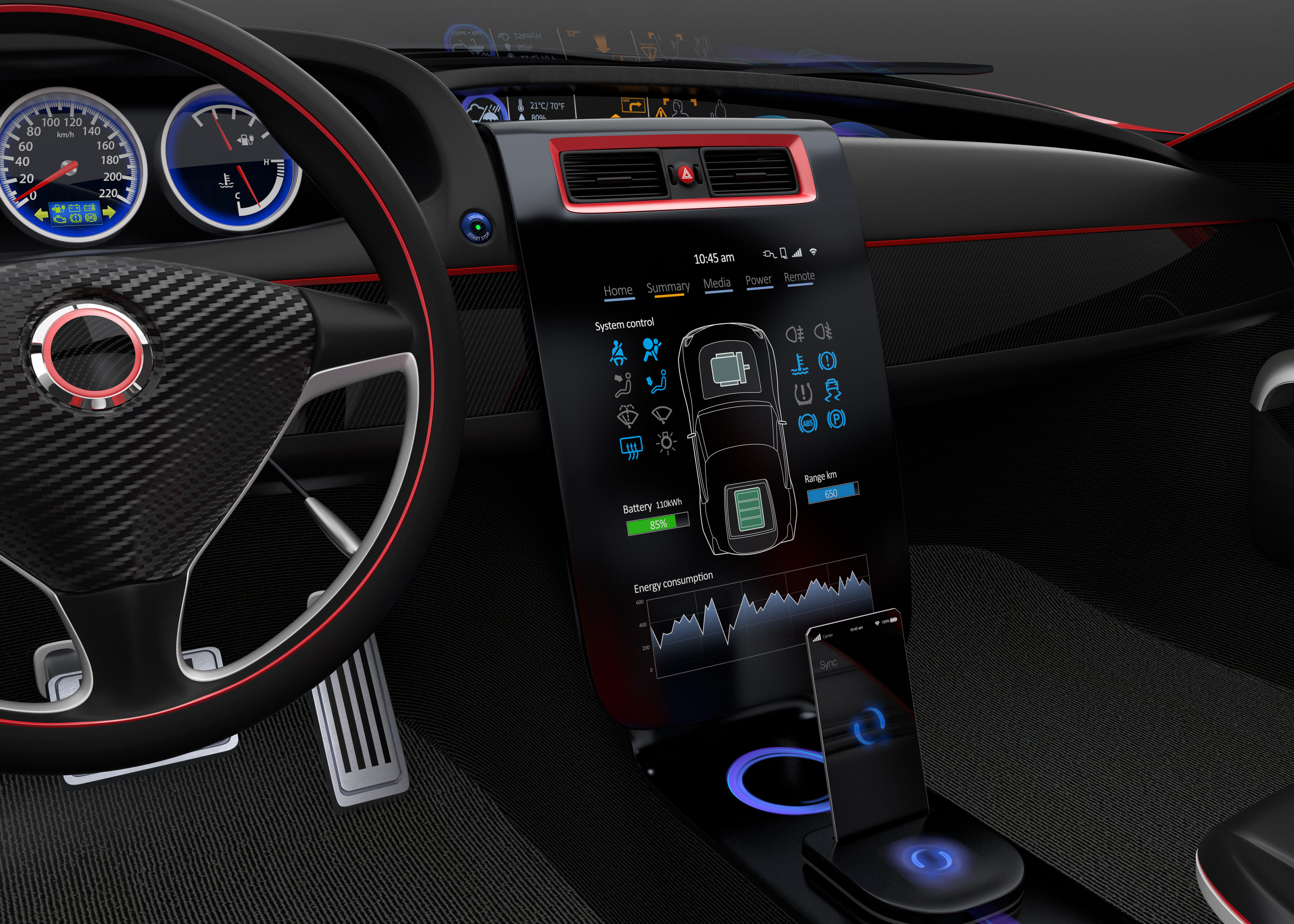What is the Connected Car?
By Greg Bohl
The connected car means many things to many people, but to most it means digitally connecting the car to the world around it and us. From the devices we wear to the homes we live in, even the streets we drive on. From here, the world splinters based on our unique perspective of how we live our lives. Regardless of a person’s outlook on how connected they should be with the car, what about the car itself? What’s taking place in the car itself to make all of this happen? The answer is not simple. It involves the electrical systems, the mechanical systems, sensors, software, essentially, the entire car. No system, sub-system, or component is a spectator in the making of the connected car. As my father would say, “everyone is involved, no one is on the sidelines”.
Just look at the sensors used today in 2017 vehicles. The sheer number of sensors is growing exponentially. A mid-price car can easily have 7 cameras built in. Move up to a luxury sedan, and the cameras become HD! Many components that are traditionally thought of as mechanical and mechanical systems have been part of the connected car for some time. Think about the lowly wheel and tire. Add a pressure sensor into the mix and now the driver has real-time data about under inflation or over inflation on a per wheel/tire combination basis. Want to get fancy? Collect the tire data, do a simple analysis and the driver can find out how long their tires will last. The driver can then have the message about tire wear sent to their computing device or cell phone including the location of the nearest tire shop who stocks their preferred brand of tires should they need replaced soon. Now that’s connected!
But what about the software it takes to make the connect car’s seamless integration happen? The software is also growing exponentially. Both in size as well as complexity. IEEE estimates there’s over 100 million lines of code in a typical 2014 model vehicle. At the 2016 CES show, Ford said their 2016 F150 has over 150 Million lines of code! Just compare the Ford to other things in this Infographic. It’s truly amazing. Software does so many things today in a car that most people don’t think about, and frankly shouldn’t. From engine controls, climate controls, diagnostics, to even learning about the driver and tuning the car for that specific person. The car is evolving from a mechanical device with software functions to a software device with mechanical functions. We are all firsthand witnesses to this phenomenal evolution and most are not even aware it’s taking place.
So how do you connect the connected car? Make it part of the Internet of Things (IoT)? Telematics? Maybe. Not too long ago Telematics was just about monitoring the car and tying the details into a GPS system. Sometimes the car became a true telecommunication device by sending the data from the car if you were a fleet operator or a driver who signed up for a service such as GM’s OnStar®. However, today Telematics has become a very broad term encompassing everything from storing, to sending and receiving of the vehicle’s data. Integration and management of the Telematics Control Unit (TCU) has become an art form and can include high end processors and embedded software. However, Telematics and built-in TCUs are not the only way to make things happen. A driver can buy an external TCU on a cord or device (dongle) that’s plugged into the vehicles diagnostic port (ODBII port). From there the dongle can collect and possibly transmit any data the OEM has exposed to the diagnostic port. The key with using a dongle is what data has been exposed to the port. That is any data available to be read, interpreted, or transmitted must be exposed to the port by the OEM. While the data can be rich in detail for diagnostics, it’s not everything on the CANBus, not even close. This misconception is made by many who believe once connected to the ODBII port they have access to all of the cars data.
But there’s so many other ways beyond todays TCU or the ODBII port of the vehicle to become part of the internet and therefore an IoT connected device. The obvious item is our cell phone! Yes, you can buy cell phone apps that do many things with the car, and yes many apps can turn on the oven when you get within 15 minutes of your driveway. A driver can even “tether” their cell phone to the vehicle with some OEMs giving the vehicle owner complete control over transmission use and costs. While this is indeed IoT, is it truly what we want as consumers and car owners or operators? If I was George Jetson, my answer would be no. Well, I’m not George Jetson and my answer is still no! I want more: I want more than a cell phone dotted lined to my car, I want more than the rigidity of telematics today, I want seamless integration, I want the car to think for me, know me better than myself, to be an extension of who I am. I want my car to be me with wheels and an envelope of safety than can go 0 to 60 MPH is 2.5 seconds. I want it all! Is this a rambling dream? Maybe, but I also feel all of this is possible, and not with the George Jetson’s car of tomorrow, but with our cars that we’ll be driving soon. OEMs are closer than you think, just like the objects in your rear view mirror!
